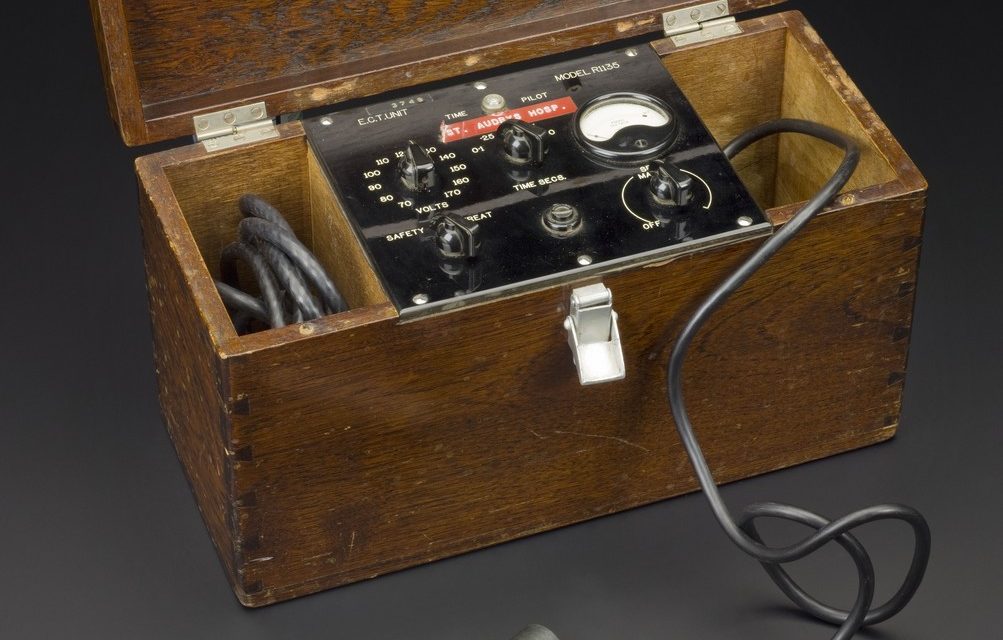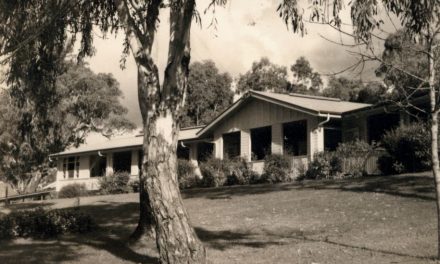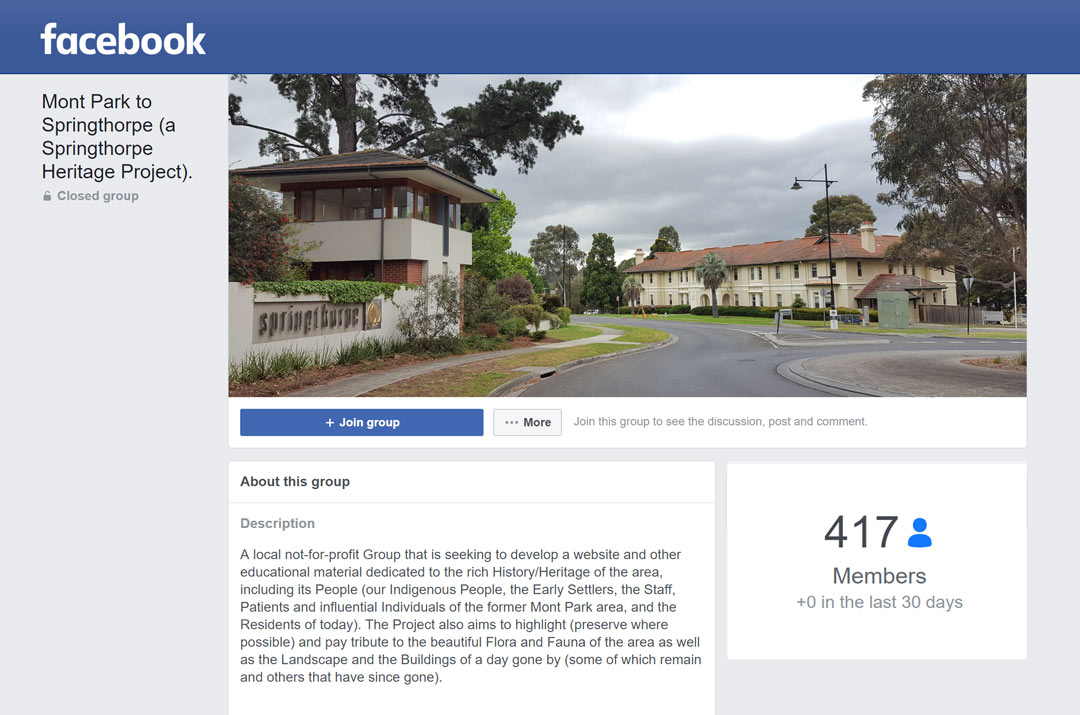Electroconvulsive therapy or ECT originated in 1938 following Italian psychiatrists discovering that inducing seizures could relieve the symptoms of mental illness. It was used for severe depression, bipolar disorder and schizophrenia. In the early days, ECT was also used to ‘treat’ homosexuality, although there was no evidence that it ‘cured’ or altered anyone’s sexual orientation and so its use was abandoned for this behaviour.
Before ECT, seizures were induced by using chemicals, often Metrazol. It was reported that the patients experienced a feeling of terror after taking this drug and were often reluctant to receive this treatment. Italian researchers were looking for a safer, more humane treatment to induce the seizures. Despite their good intentions, ECT became known as a frightening treatment and was largely unregulated during the 1940s and 1950s. One of the side effects was memory loss, particularly of events around the time of treatment – although the memory can improve with time. There was not enough research into the extent of memory loss in the early days of treatment. There is no evidence that ECT damages the brain or changes its anatomy in any way.
ECT was beneficial for patients but, in the past, it was also used as a threat, to control difficult patients and to maintain control on the wards. Initially it was a dangerous treatment; now it is modified to be used in conjunction with muscle relaxants and anaesthesia to minimise any dangerous muscular side effects and pain.
The decline in the use of ECT occurred at the same time as the popularity of ‘talk therapy’ increased and the anti-psychiatry movement became more vocal, questioning the role of ECT in the management of mental illness and what actually even defined ‘mental illness’.
During the 1980s there was a revival of interest in the role of modified ECT and it is used increasingly today with less side effects than in the past, with many patients going back voluntarily for more treatments. Now, it is most commonly used for fast treatment of severe depression, mania or psychosis. It is used when symptoms are severe, life-threatening or when other treatments have proved ineffective. It is administered in a hospital, usually by a treating psychiatrist and anaesthetist, the patients being given muscle relaxants and an anaesthetic so they are asleep when the procedure takes place. They would be asleep for about 5 or 10 minutes and when they woke should be clear headed after 30 minutes. Treatments are repeated either for 3 or 4 sessions, up to 20 to 25 in total, with treatment over 2 to 3 days a week.
With the rise of Prozac and other medications, mental illness is often treated with medication, rather than ECT although some people will require the new modified ECT and show improvement, although they may need further treatment in the future.
References:
Beyond Blue ECT https://www.beyondblue.org.au/the-facts/depression/treatments-for-depression/medical-treatments-for-depression/electroconvulsive-therapy-(ect)
ECT History http://theconversation.com/electroconvulsive-therapy-a -history-of-controversy-but -also-of-help-70938Jonathon Sadowsky (2017) Professor of Medical History, Case Western Reserve University.
Sane – Electroconvulsive therapy (ECT) https://www.sane.org/mental-health-and-illness/facts-and-guides/electroconvulsive-therapy-ect
Author: Margaret Jack 2018









